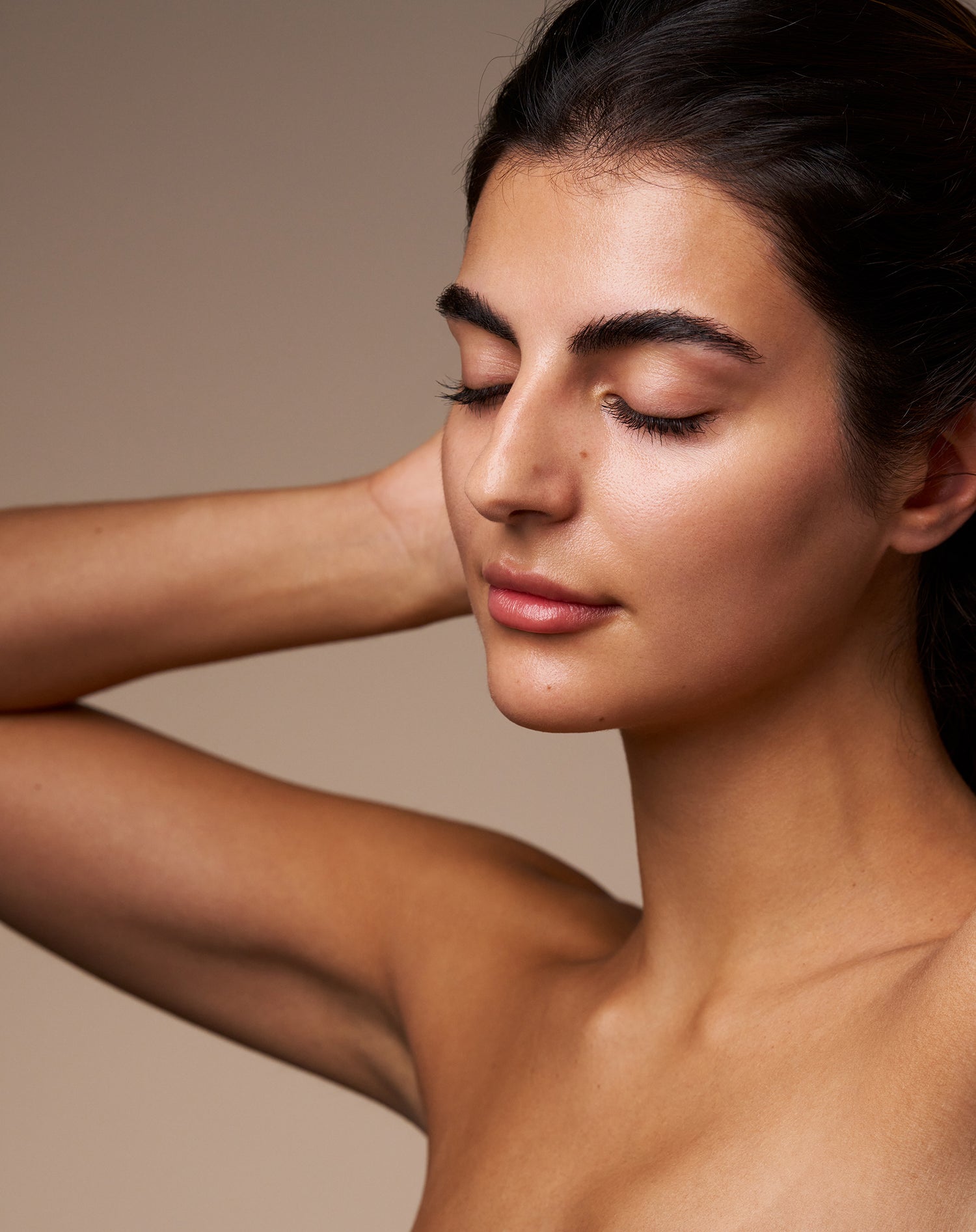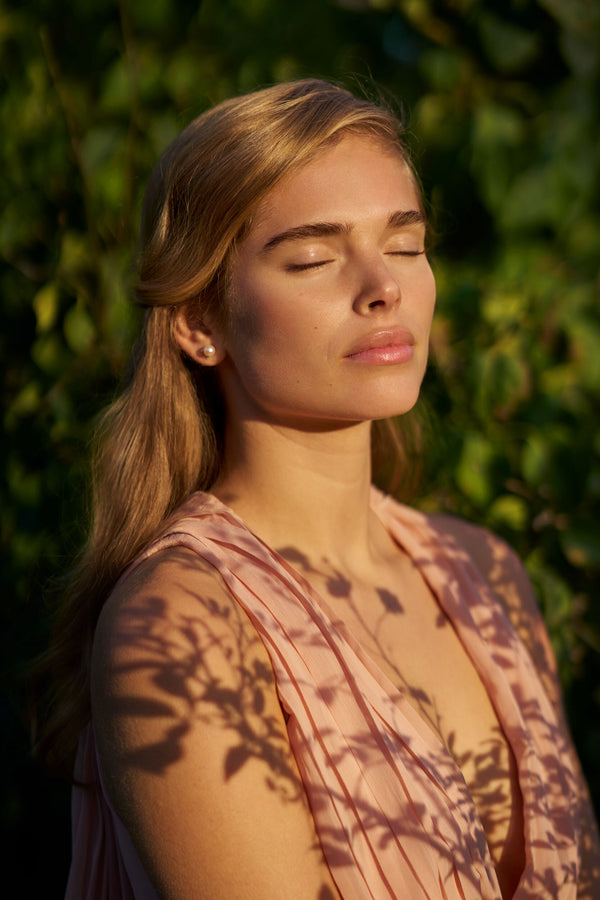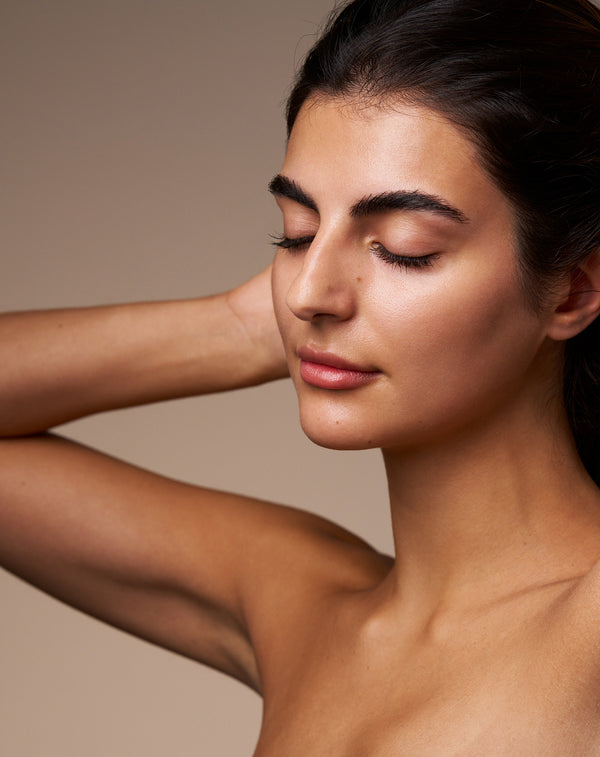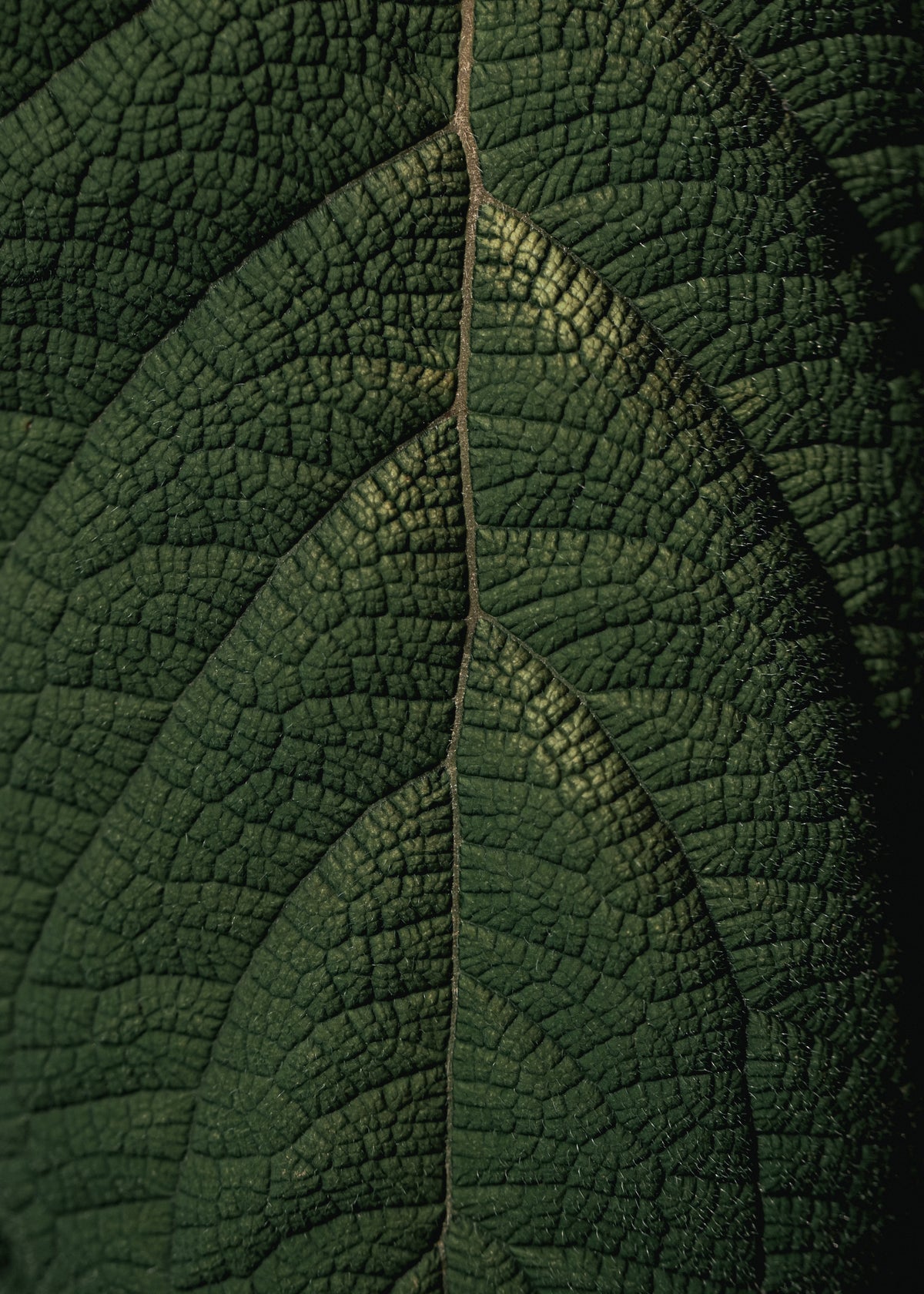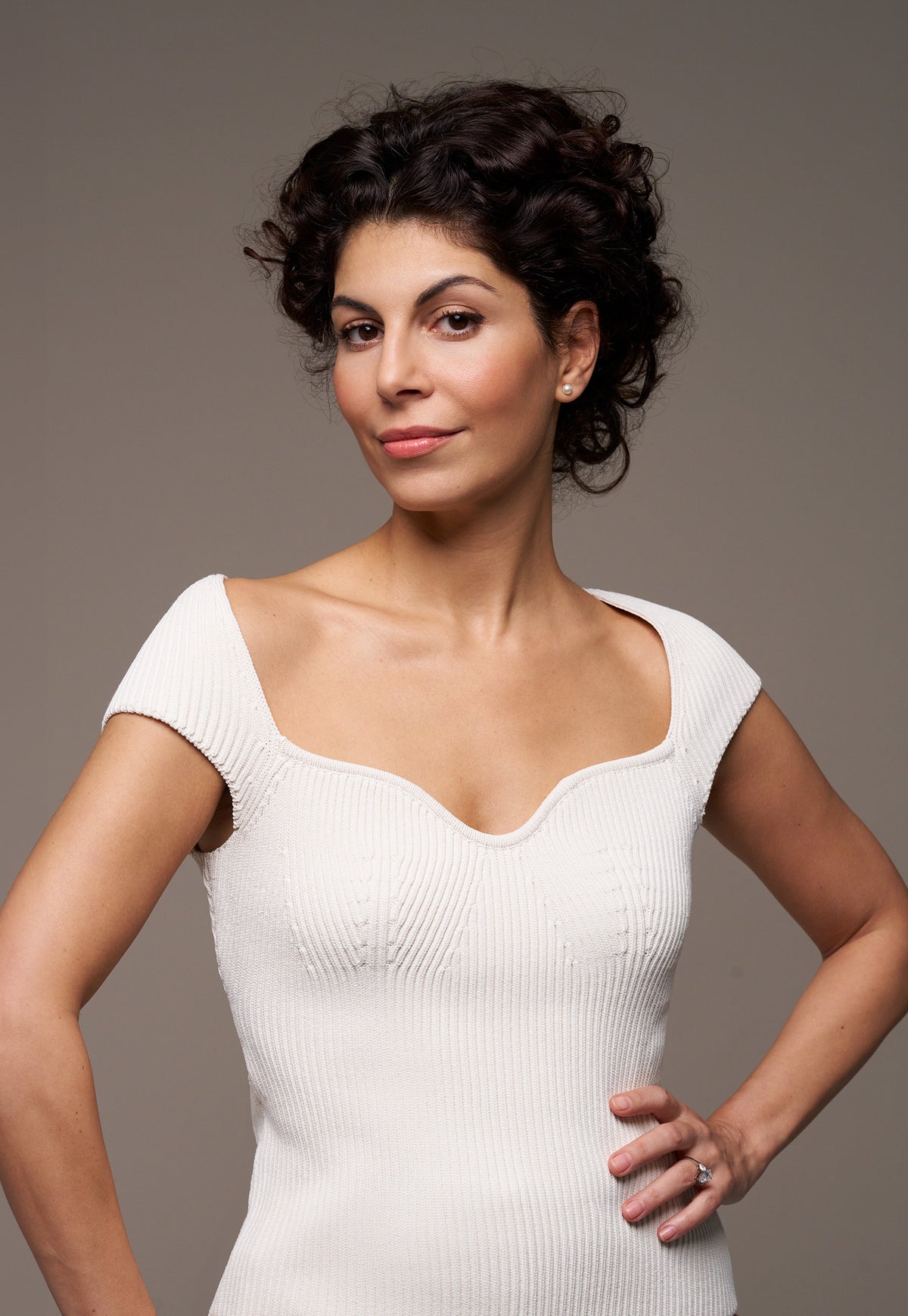It’s cold, wet, and miserable and many of us crave some winter sun, whether that’s on the beach, or even on the slopes, where unexpected sunny days can feel almost tropical.
After all, sunshine boosts Vitamin D levels and generally makes us feel better in ourselves.
But it’s already pretty difficult to find a person today who hasn’t heard about the harmful effects of sunlight. Sunscreens have become an integral part of our lives. Whenever we head to the sun, we buy all kinds of creams, lotions, sprays, and lip balms with the three holy letters: SPF. And when we apply all these products to our skin, we feel completely safe. How wrong we are.
Our blind faith that a sunscreen with a high SPF (sun protection factor) will protect us from the harmful effects of the sun on the skin plays a trick on us. As we cover ourselves from head to toe in the stuff, we’re then tempted to stay out in the sun for hours, unaware that our sunscreen is stopping only one type of sunlight.
For a long time, it was believed that UVB rays were the most dangerous. They are more powerful and burn skin faster. It was this type of radiation that was blamed for causing cancer. But modern research has conclusively proved that the real threat comes from UVA rays. Almost without causing visible burns, they penetrate into the deeper layers of the skin, damaging cells and most likely serving as a catalyst for the development of melanoma.

Without a doubt, many of you will search out the product with the highest possible SPF before a trip to warmer climes. In actuality, there is no evidence that the use of sun protection with an SPF higher than 50 points is worthwhile. SPF 50 blocks 98% of the sun’s rays, while SPF 100 blocks 99%, just one percent more. At the same time, when we apply a high level of protection to our skin, we feel like we’re in the clear and believe that we can stay out in the open sun for as long as we want.
Before buying any mass-produced sunscreens, carefully study their ingredients. Many European manufacturers today use chemical components such as Tinosorb S, Tinosorb M and Mexoryl SXas active ingredients. According to the Environmental Working Group’s classification, these are the least toxic and effectively protect against both types of UV radiation. In addition, zinc oxide is still considered to be one of the most effective products for protection against the sun.
Additionally, you might want to think about using natural oils, many of which have a high sun protection factor.
• Raspberry seed oil has similar properties to sunscreens with an SPF of 28-50. It is rich in antioxidants and contains all the essential fatty acids that your skin needs. It is rich in vitamins and minerals. When buying this oil, be sure to pay attention to the kind of plant from which the oil was obtained. The best brands are German and French.
There are many fakes available on the market which are obtained by carbon dioxide extraction or using chemical and organic solvents. The only correct method for obtaining this oil is cold pressing. Do not buy oils with vitamin E or other natural preservatives. High quality wild raspberry seed oil does not need to be stabilized. Recipe: mix wild raspberry seed oil with olive oil and jojoba oil.
Use a ratio of 4:6 (4 parts raspberry oil to 6 parts mixed olive and jojoba).
• Carrot seed oil comes in at around SPF 38-40. The presence of carotenoids and tocopherols in this oil helps prevent early skin aging, and it is also a powerful antioxidant. Apply it in advance since its dark color can leave spots on light clothing. One important note: it is best not to use this oil during pregnancy.
Recipe: mix carrot seed oil with a mix of olive and coconut oils.
Use a ratio of 8:2 (8 parts carrot seed oil to 2 parts mixed olive and jojoba).
• The top three are rounded out by Wheat Germ oil, with an SPF of 20. This oil is perfect for both dry and oily skin. Rich in vitamins A, D, B, PP and F, as well as zinc, iron and both glycolipids, phospholipids, and selenium. By regulating metabolic processes, it contributes to a qualitative improvement in skin condition at the cellular level.
It has strong wound healing and anti-inflammatory properties, exactly what we need when we are in the sun. It is also perfect for pregnant women, as it prevents the appearance of stretch marks. This oil must be produced through cold pressing.
The natural oil has a characteristic “green” smell and has a thick yellowish color. Recipe: mix 1 part wheat germ oil with 9 parts mixed macadamia, almond and bergamot oils.
• It’s also worth paying attention to Avocado oil (SPF 4-15), Soy oil (SPF 10),
Coconut oil (SPF 2-8), Olive oil (SPF 2-8), Macadamia oil (SPF 6) and Jojoba oil (SPF 4). However, you shouldn’t forget that single oils can lead to dryness and irritation of the skin. We recommend using them in various combinations after testing them on a small area of your skin to check for allergies (evidenced by itching and swelling).
Still, prudence remains the most important defense against the harmful effects of the sun. You shouldn’t ever fry out for hours in an effort to achieve the perfect tan. It doesn’t exist and will fade in a few weeks anyway. Better to just relax, take in plenty of shade, avoid the sun during the hottest part of the day, cover up, reach for a wide-brimmed hat, and enjoy the physical and mental benefits a warm winter break can bring.




